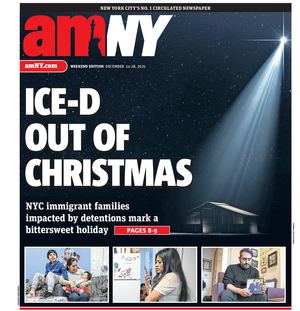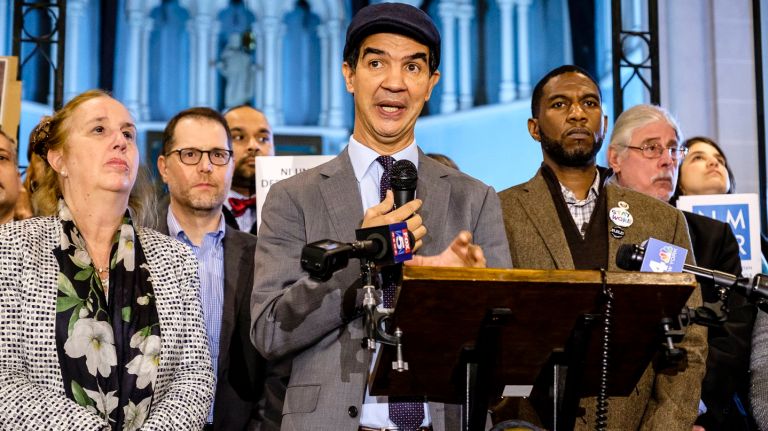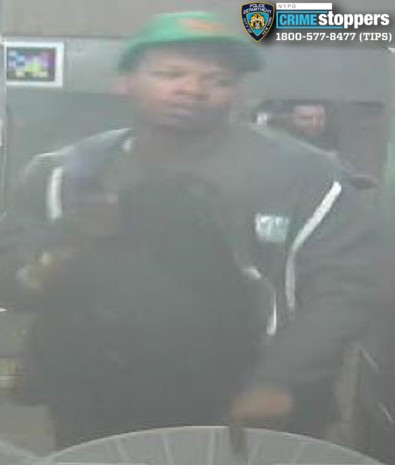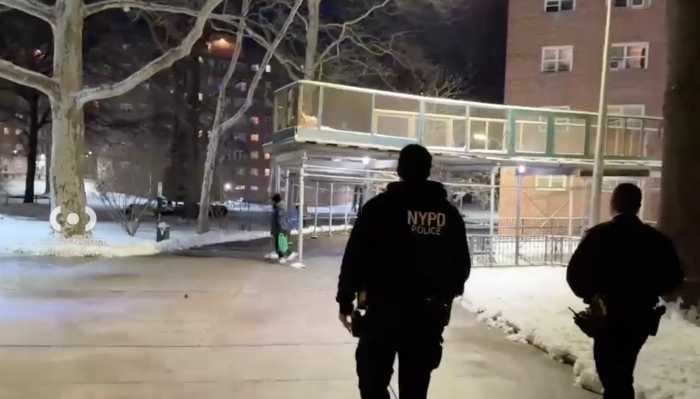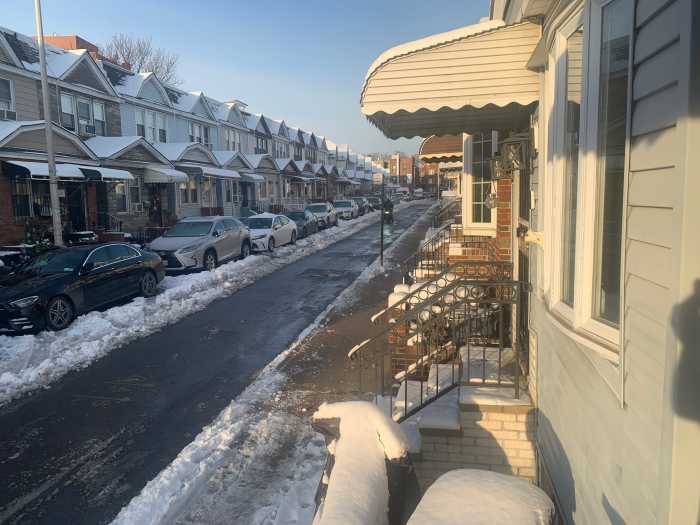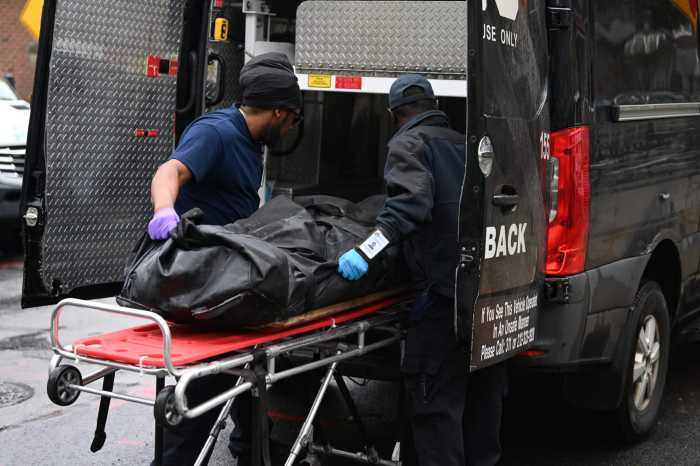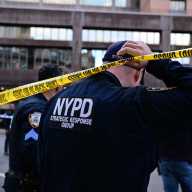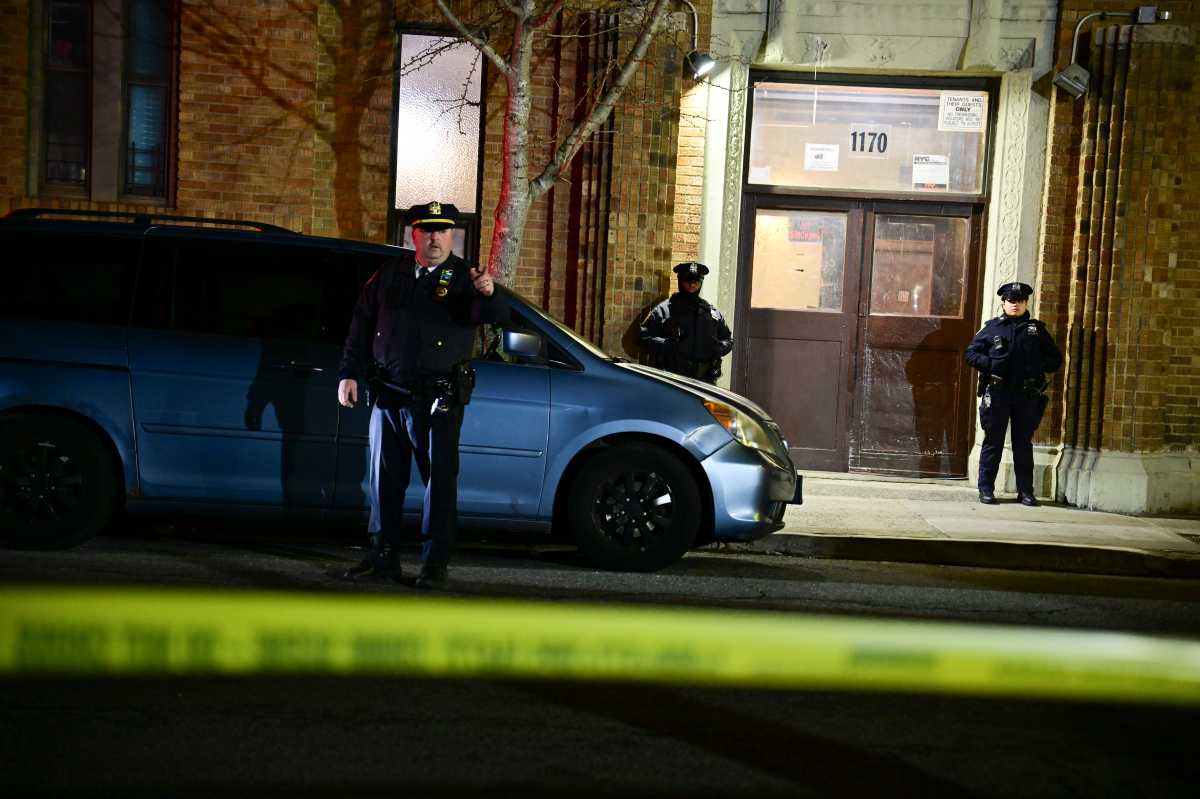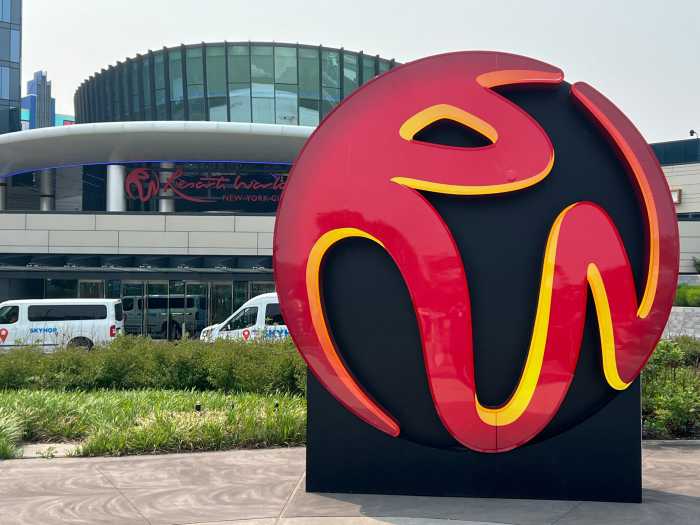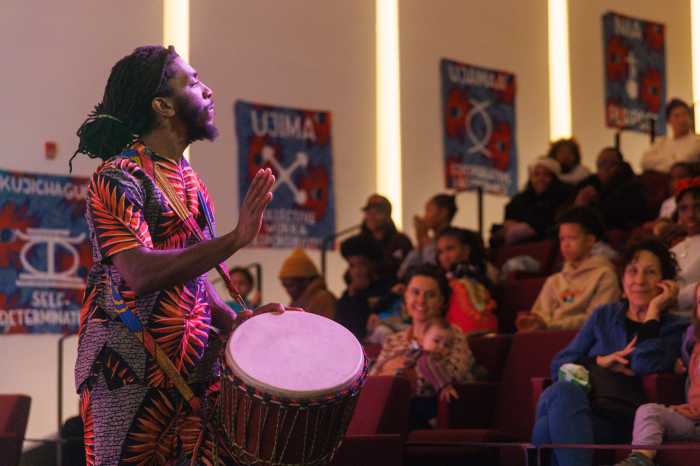
Two city councilmen arrested during a Manhattan protest over ICE’s detainment of an immigrant rights leader held a rally on Wednesday to demand answers from the city on the NYPD’s tactics.
Several elected officials — including Manhattan Borough President Gale Brewer and Public Advocate Tish James — joined councilmen Jumaane Williams and Ydanis Rodriguez during the rally for Ravi Ragbir, executive director of New Sanctuary Coalition of New York City, inside Holyrood Episcopal Church in Washington Heights Wednesday evening.
“What happened last Thursday should not have happened,” Rodriguez told the crowd of about 100 people before reiterating his defense that the arrests were not a publicity stunt.
Ragbir’s arrest during a routine check-in with ICE in lower Manhattan on Thursday, Jan. 11, sparked multiple protests, one of which led to the arrests of Williams, Rodriguez and 16 other people in Foley Square. Ragbir was taken to Miami later that day, but was expected to return to the New York area and remain in ICE detention until a lawsuit challenging his detainment is resolved, his lawyer Alina Das said on Wednesday.
The councilmen were arrested when they blocked an ambulance that was transporting Ragbir. Both face several charges, including disorderly conduct and reckless endangerment and obstructing an emergency medical service.
The NYPD was reviewing video of officer’s interactions with Rodriguez, who accused an officer of putting him in a chokehold, a police spokesman had said.
The councilmen have questioned whether the use of an ambulance to transport Ragbir was a political tactic rather than a medical emergency, even though Ragbir’s wife said he fainted during his arrest.
“This deportation vehicle was unauthorized because it was an FDNY vehicle. There was no physician inside,” attorney Ron Kuby said at the rally on Wednesday. “The decision to put him in an ambulance wasn’t a medical decision, but a political decision.”
Kuby called on Manhattan District Attorney Cyrus Vance to drop the charges against the 18 people arrested.
Williams, meanwhile, offered a timeline of the events that unfolded at the Foley Square protest and described how the ambulance transporting Ragbir had no lights or sirens.
“There was some discussion about civil disobedience,” Williams said, but added that officers started shoving the crowd before anything was decided by the group. “There was no conversation, no communication . . . the pushing and shoving got worse.”
Williams acknowledged the “human” aspect of the situation on both sides, however, he demanded the city answer questions on how it handled the protest, including, What directions were given to the NYPD; What directions are typically given during a situation like this; Was the NYPD used in assisting Ragbir’s deportation; and was the NYPD used in Ragbir’s transportation via ambulance?
City Council Speaker Corey Johnson, who was also at the Foley Square rally, had previously said he believed ICE agents to be the aggressors in the situation, not the NYPD, according to a New York Times report.
A spokeswoman for ICE, however, said on Wednesday that none of its agents were in the crowd during the protest.
Mayor Bill de Blasio’s press secretary, Eric Phillips, said last week the city would review surveillance video in the area to find out what happened.
At an unrelated event in Brooklyn Tuesday afternoon, de Blasio said the investigation would look at the actions of each officer, but added that “the police did the best they could.”
“This was a very challenging situation with a lot of unexpected factors, and I think it deserves a full investigation,” he said. “I’m always concerned when I see a situation that people feel uncomfortable with.”
Ragbir moved from Trinidad to the United States in 1991, obtaining a green card in 1994. He was convicted of wire fraud in 2001 and a judge ordered him to be deported in 2006, according to a group of community members and advocates who have fought for him to stay in the country. His attorneys have been arguing to overturn that conviction.
